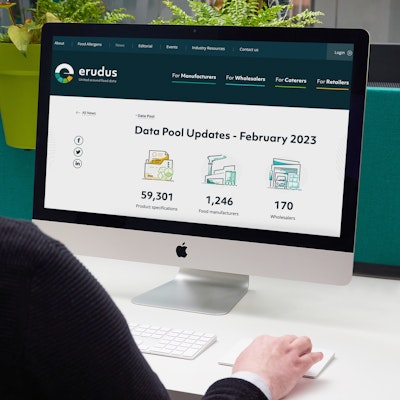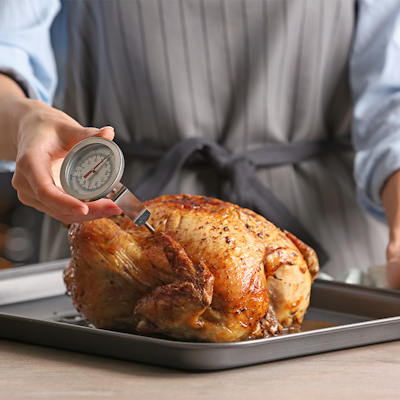Shelf Life
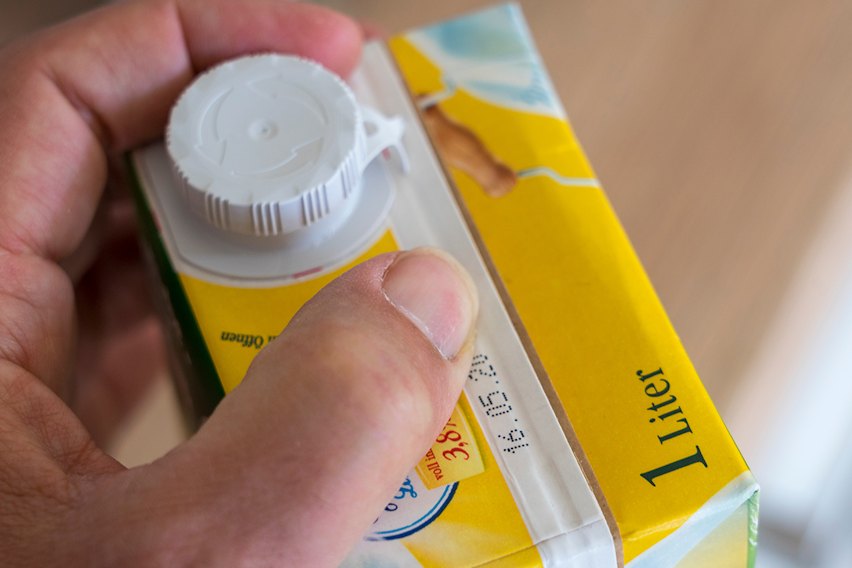
Shelf life, best before dates, best before end, use by… we’ve all heard these terms thrown around and know that in the food industry they hold significance but it can be difficult to keep track of them all. That’s why we’ve put together a guide of all things associated with “Shelf Life” to make it easier to digest…
What is “Shelf life”?
Shelf life (also referred to as “date of minimum durability”) is the period of time over which a food maintains its safety and/or quality properties when properly stored.
The date of minimum durability is determined by 2 main indicators of shelf life depending on the type of product, these are:
- A use-by date
- A best before date
Many factors determine whether a product should display a use-by or best before date, and it’s the Manufacturers responsibility to decide, depending on factors such as how the food is made and how high-risk the product is.
Which foods have a ‘use-by’ date?
Foods that go off quickly will have a use-by date; this includes products such as:
- Meat
- Fish
- Ready-to-eat sandwiches
As the products are microbiologically highly perishable, you can eat the food until and on the use-by date but not after. It is important that a use-by date is adhered to carefully, as it is likely that after a short period of time the food could constitute an immediate danger to health.

What are the rules around “use-by” dates?
Use-by dates must be indicated on each individual pre-packaged portion, and the words “use by” must be followed by a day, a month and possibly a year in uncoded form.
What is a “Best before” date?
A best before date or best before end (BBE) is used in relation to a product’s current quality rather than its safety. Foods that have a best before date will be safe to eat after the date listed, but may no longer be the best quality. For example, a product past its best before date may have a slightly soft or stale texture, or become lacking in flavour.
Products with a best before date include:
- Frozen foods (e.g. peas, chips and ice cream)
- Dried foods (e.g. biscuits and rice)
- Tinned foods (e.g. baked beans and canned tomatoes)
The words “best before” must be followed by a day, month and year in uncoded form. However, there are some exceptions to this depending on the life of the product.
These exceptions include:
- Foods which will not keep for more than 3 months may be marked with just a day and month.
- Foods with a life between 3 -18 months may be marked with “best before end” and just a month and year.
- Foods with a life of more than 18 months may be marked with “best before end” and just a year.
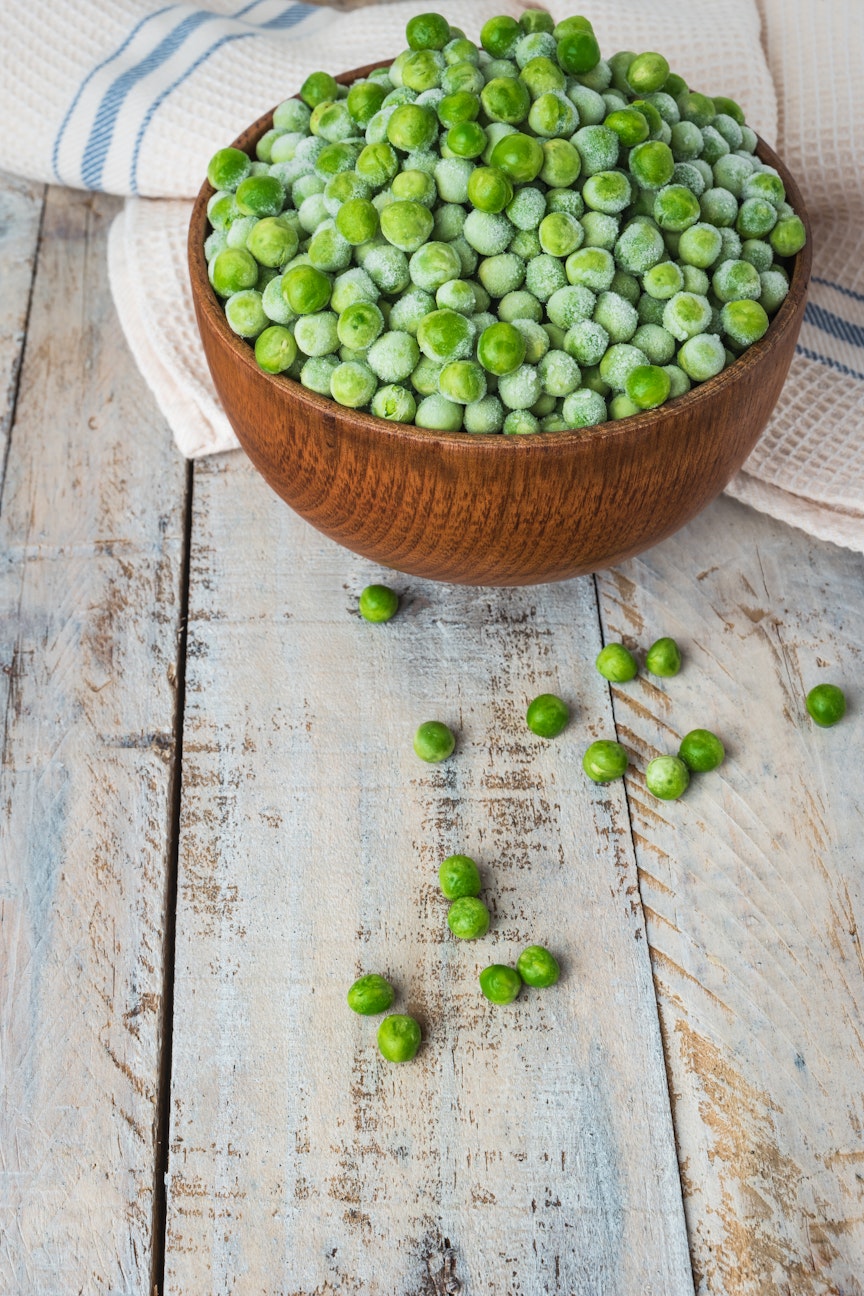
There are also specific foods exempt from the need to display a best before date, these include:
- Fresh fruit and vegetables
- Wine and other alcoholic beverages
- Very long life products such as salt and sugar
What is a “Date of freezing”?
Some products must also be marked with a date of freezing. Frozen meat and frozen unprocessed fish must be marked with a “date of freezing” or “date of first freezing” if the product has been frozen more than once. The words “frozen on” must be followed by a day, a month and a year in uncoded form.
The “sniff test”
With food waste still being a rising concern, over the past few years some suppliers have made the decision to remove best-before dates from their fresh fruit and vegetables. More recently, we have also seen a steer away from “use-by” dates - specifically on dairy products like milk and yoghurts. As some dairy products such as yoghurt can be safe to eat after the use-by date mark shown (when unopened and stored in a fridge), more and more producers are moving towards using best before dates, and consumers using their initiative with the “sniff test” is also becoming more prevalent.
The “sniff test” is commonly used for products marked with a best before date. As the life of these products is determined by quality, sensory cues can be used to decide whether one is acceptable to eat. Examples of this can include smelling to check whether milk has gone sour, or checking for visible mould on bread.
It is important to note that foods marked with a use-by date should not be determined by the “sniff test”. These types of food can look and smell fine, but as we can’t see or smell microorganisms that can cause food poisoning, the product will likely not be safe to eat after the date has passed.
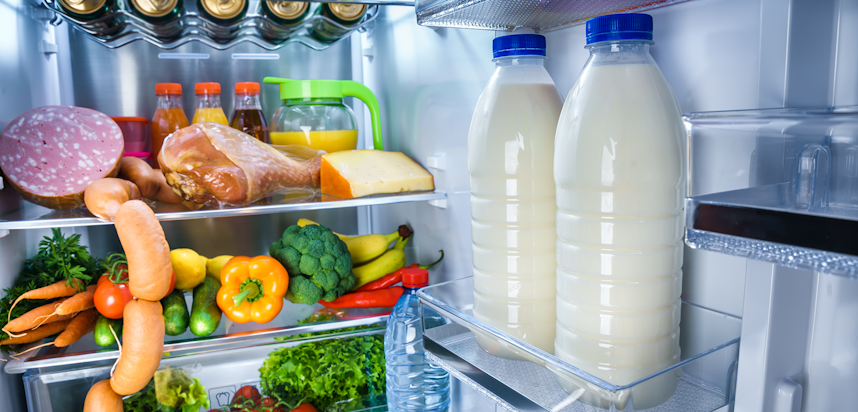
Further Resources
- Food Safety Ireland Information on Shelf Life Determination
- FSA Information on Best before and Use-by dates
- FSA Information on Date Indications
- Food Manufacture article on simplifying date labelling
- Article on Morrisons scrapping use by dates on Milk
- FSA article on their revised approach to shelf life safety guidance for chilled beef, lamb and pork
- Article on Tesco scrapping best before dates from fruit and vegetable lines
You may also be interested in…


You may also be interested in…
